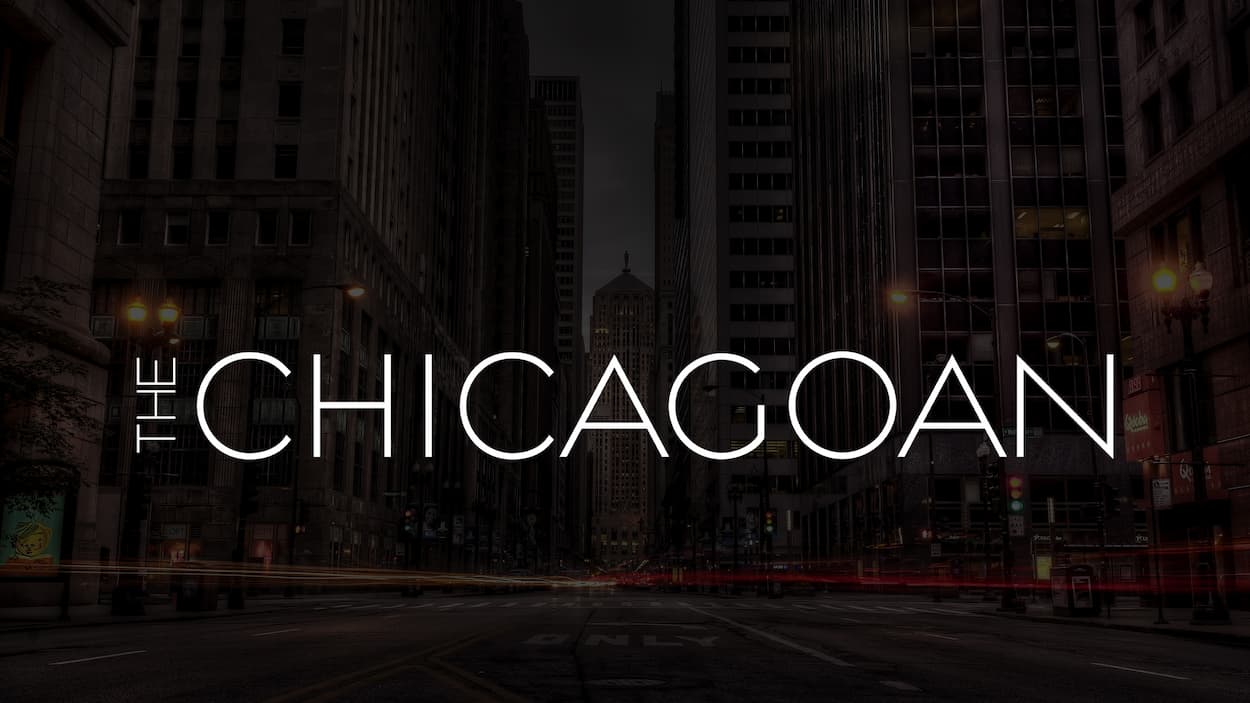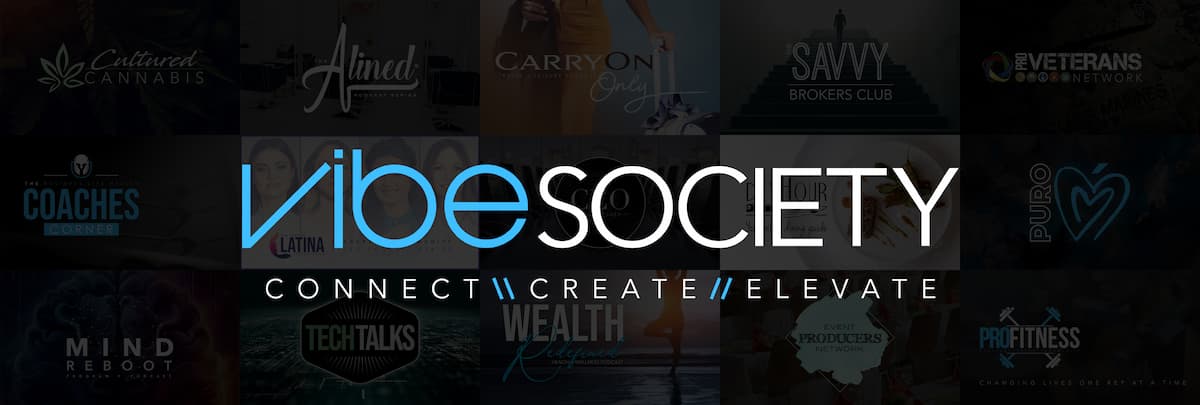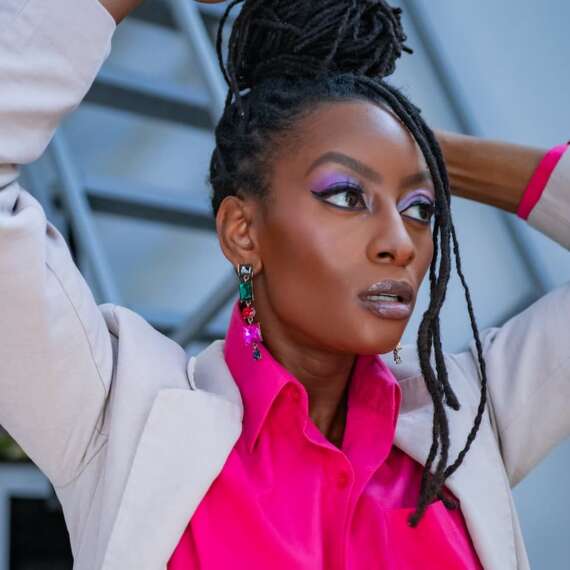For decades, creativity sat at the edges of commerce—beautiful, unpredictable, and often treated as a luxury. It was the department you brought in after the spreadsheets were done, a garnish to make the numbers look good. But the landscape has changed. In 2026, creativity isn’t just an aesthetic advantage—it’s the business model itself. The brands that thrive aren’t the ones that innovate occasionally; they’re the ones that treat imagination as infrastructure.
The data backs it up. A 2025 McKinsey study found that companies ranking in the top quartile for creativity outperform their peers by 67% in organic revenue growth. Not because they’re more artistic, but because they build systems that reward original thinking the same way traditional companies reward efficiency. In an age defined by automation and sameness, creativity has become the last real differentiator. It’s no longer about design departments—it’s about design thinking embedded into every function of the business.

Fashion has been the clearest testing ground for this shift. The old model—creative director on one side, CFO on the other—no longer works. Today’s leading houses succeed by collapsing that divide. When Miuccia Prada brought Raf Simons into Prada as co-creative director, it wasn’t just a design partnership; it was a structural statement. Two creative minds sharing power redefined what leadership could look like. The result wasn’t aesthetic compromise—it was innovation at scale. Creativity became a management strategy, not just a visual one.
Smaller brands are proving the same point with different tools. Fear of God’s founder, Jerry Lorenzo, built his label by merging spiritual values with commercial precision. Every decision—from fabric sourcing to marketing cadence—is treated as creative problem-solving. It’s a business run like a design studio, where intuition and data work side by side. The formula is consistent across high-growth labels: creativity isn’t the byproduct of success; it’s the process that makes success sustainable.
The shift also reflects how consumers think. People no longer buy fashion just for the look—they buy into the worldview behind it. When you purchase from Telfar, you’re not just buying a bag; you’re investing in a cultural statement about access and equality. When you choose The Row, you’re aligning with craftsmanship as rebellion against speed. These brands don’t treat creativity as marketing—they treat it as moral architecture. It defines how they communicate, hire, and even price. Creativity, in this sense, has become corporate philosophy with measurable ROI.

That measurability is key. Ten years ago, creativity was treated like weather: important but uncontrollable. Now it’s a KPI. Companies like Adobe, LVMH, and Meta have begun developing internal “creativity indices,” scoring everything from campaign originality to employee idea generation. The metrics are designed to quantify imagination without strangling it—to measure how effectively creative ideas translate into commercial performance. The outcome is simple but profound: the most successful brands aren’t just creative in output—they’re creative in structure.
If you lead a brand today, creativity isn’t your department’s job—it’s your discipline. It shapes hiring decisions, product development, and customer experience. When Burberry restructured its leadership to pair Chief Creative Officer Daniel Lee directly with its data science team, the goal wasn’t aesthetics—it was alignment. The company now uses real-time insights from cultural analytics to inform design, proving that data can guide intuition instead of replacing it. This hybrid mindset is what future-proofs fashion in a volatile economy.
Creativity also functions as an internal culture tool. The most resilient organizations treat it like oxygen: available to everyone, not rationed to the few with artistic titles. Patagonia’s leadership invites employees from every department to co-design sustainability initiatives. L’Oréal’s in-house accelerator encourages scientists, marketers, and designers to co-develop product concepts in shared labs. These aren’t gimmicks; they’re economic strategies. When everyone is trained to think creatively, innovation stops being a miracle—it becomes a rhythm.

For you, whether you manage a brand or run a small studio, the lesson is the same: creativity only pays off when it’s integrated. Don’t isolate it. Build it into your workflow, your financial model, and your brand story. Instead of asking how to make something look good, ask how imagination can make it work better. Creativity isn’t just what you sell; it’s how you survive.
In an age where AI can replicate design, efficiency, and even taste, what’s left is human creativity—strategic, messy, and irreplaceable. The future belongs to those who can turn that chaos into structure. The fashion houses that will define the next decade won’t be the ones that chase trends, but the ones that treat creativity as a renewable resource—one that powers both culture and commerce. Because in this new economy, imagination isn’t an accessory. It’s the engine.











